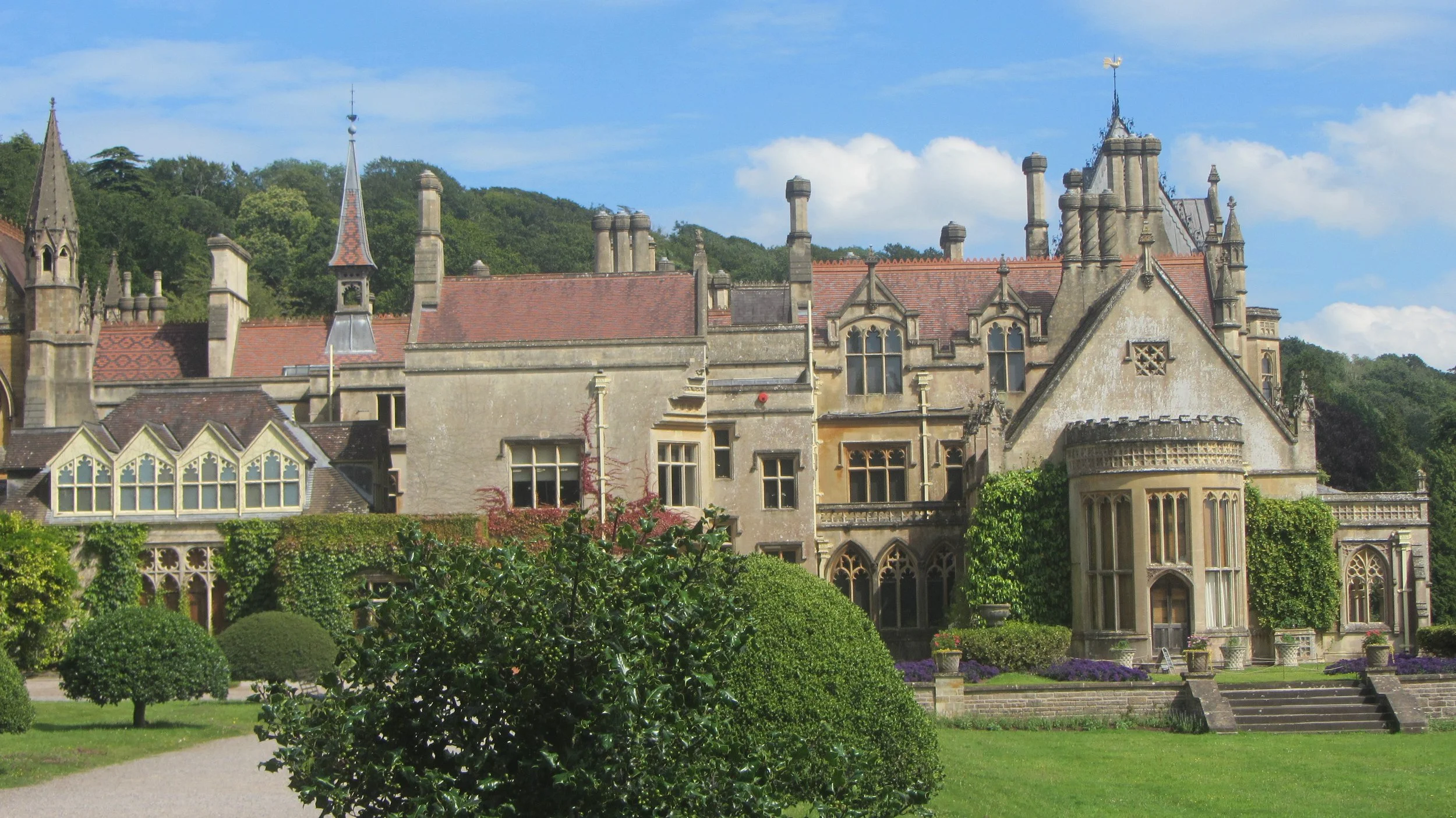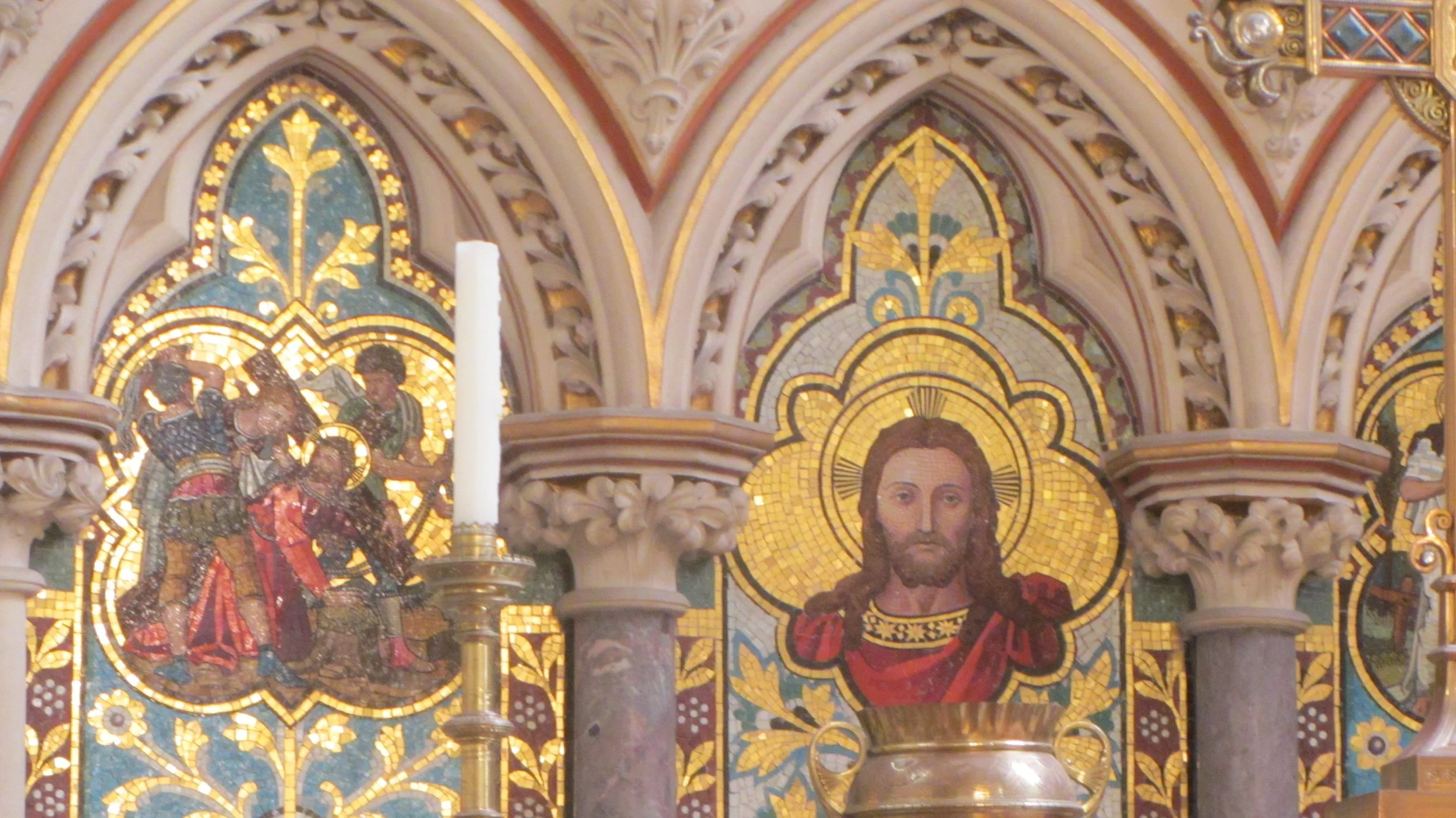‘Staid’ Victorian Tyntesfield is livened up with ‘pile of poo’
This artwork has been liked to 'poo' by visitors.
The Telegraph reports that visitors are divided over an artwork displayed in Tyntesfield which resembles ‘poo’. Some visitors describe the display as ‘appalling’ and think the house is ‘spoiled’, while others, who seem not to like nineteenth-century historic houses, opine that the ‘staid Victorian environment’ benefits from the ‘thought-provoking’ display. One hesitates to ask what thoughts it provokes. And did the National do a heroic job of saving and restoring this magnificent house at enormous cost to itself and the public purse since 2002 only for it to be dismissed as ‘staid’?
THE National Trust has come under fire for hosting an art installation that has been compared to a “big pile of poo”.
The artwork on display at Grade I listed Tyntesfield House in Somerset features coils of dead organic matter “winding their way around the house”.
Called The Uninvited Guest from the Unremembered Past, the pieces are made of furniture legs, wool and horsehair, with artist Nicola Turner saying she was inspired by the house’s huge collection of more than 70,000 objects.
“I have been fascinated by seeing the broken items previously owned by the Gibbs Family and in-store at Tyntesfield,” she told the BBC. “The glimpses beneath the tears in the fabric. The stuffing breaking free. The bowels of the furniture, the layers of materials.”
The National Trust said the artwork is a chance for visitors to “experience something different”.
However, the exhibition has been met with ridicule online, with several people comparing a piece located in a fireplace to a mound of excrement.
One social media commenter said: “What’s that in the fireplace? It looks like a big pile of poo.”
Another said: “Can’t quite believe it, it’s appalling, whose idea was this?! It just looks like poo with legs. I’m not normally critical of art but this is really daft.”
Someone else compared the sculpture to a heap of fertiliser, saying: “Anyone would think that Tyntesfield was built on exploiting guano.”
The Victorian-era country house was previously owned by English businessman William Gibbs, whose fortune came from guano.
Another commenter questioned what the artwork has to do with the National Trust and raised concerns that it may put off tourists.
They said: “Why spoil a heritage site with this? I have American visitors coming shortly and this venue is now crossed off the list.
“If it has to be installed, why not put it in a separate building somewhere for people who enjoy this kind of ‘art’.
Some visitors think the artwork on display is 'visually stunning'.
Other commentators were more positive, describing the show as thought provoking and “visually stunning”.
One person said: “It adds something to a staid Victorian environment that provokes thought and is visually stunning. I can understand that it is not to everybody’s taste, but people are apparently unwilling to share the Tyntesfield environment with more open-minded visitors.
The National Trust said: “Turner has created a series of evocative installations made from organic materials, such as wool and horsehair. These materials hold traces of memory, exploring ways of listening to past, present and future, inviting us to reflect on Tyntesfield’s history.”
The exterior of Tyntesfield
'Staid' Victorian interiors such as those at Tyntesfield are not to everyone's taste. Should the National Trust cater for those who do not like historic houses?





